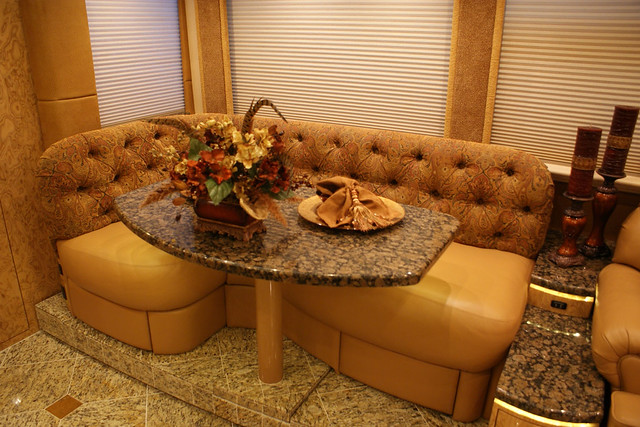What Are the Parts of a Tail Light?
A car’s tail light transmits a message to other drivers, including when it is slowing down or about to stop. It also conveys the vehicle’s direction of travel.
If your tail light does not work, check the fuse, wiring and bulb. Then check the lens for moisture. If the problem remains, the tail light switch might be to blame.
The bulb
The bulb is the light source in a tail light. It provides illumination and is usually a red filament bulb. Its job is to signal to other drivers that you have stopped. In most cars, the brake and tail lights use the same dual filament bulb. If the filament in one of those bulbs is broken, you will not have a functioning tail light.
While LED bulbs are increasingly popular, halogen and xenon bulbs are still widely used in automobiles. Each type of bulb has different properties that affect its performance and life expectancy. A good rule of thumb is that the larger the diameter of a filament, the more candlepower it will emit. A smaller filament will produce less candlepower, but will last longer than a bigger filament.
A good bulb will also provide a brighter, more consistent light output. The standard bulb on most vehicles is the 1157, which has a low filament that emits 3 candlepower and a high filament that emits 32 candlepower. This provides a good contrast that helps other drivers notice when the vehicle is stopping.
The tail light bulb is connected to a socket that is fed by a fuse. This fuse is located in the car’s fuse box. Over time, the socket can become corroded, which reduces its ability to turn on the bulb. This is a common problem with older vehicles, and it can be easily fixed by replacing the socket.
The socket
When a car’s tail lights are damaged, they become a significant safety hazard for other drivers on the road. Therefore, it’s important to have a proper replacement as soon as possible. If your vehicle’s tail lights are broken, it’s a good idea to contact a collision repair shop for a professional and efficient service.
Modern tail light assemblies use various techniques to achieve a visually uniform appearance. Some employ multi-layer reflectors with diffusing effects, while others feature an optical element that separates the source of light from the output aperture. These elements allow for a design that is thinner and more compact.
A more recent technology is LED lighting, which requires less energy and produces more visible light than older tail light bulbs. LEDs also last much longer, making them an excellent choice for tail lights. 1A Auto carries a variety of LED tail lights for trucks, tipper vehicles, heavy and light goods vehicles, car transporters, and other commercial vehicles. We also have smoked and tinted tail lights for those who want to upgrade their truck’s rear end.
A new product that is making waves in the automotive industry is the Siberia Tail Light, which features a world-unique LED bar with four E-approved functions – reversing light with 1900 lumen, indicator, red position light approved as a taillight, and brake light. This light offers a stylish, clean look without any edges that would cause glare for other drivers.
The lens
The lens is the part of the tail light that covers the various bulbs that tell drivers behind you that your car is slowing down, stopping, turning or reversing. Depending on the bulb, it creates the necessary color (red for brake lights and yellow for hazards). Since the lens is made of plastic that’s relatively fragile, physical damage to your vehicle can crack it.
If the glass is cracked, it will need to be replaced. But even if the cover is intact, it can become cloudy from UV damage over time. Fortunately, that’s something your mechanic can fix.
Mechanics will clean the cover with warm water and a soft microfiber cloth to remove any dirt or debris. They may also clean the bulbs and sockets, or inspect for signs of electrical problems.
If the lens is an integral part of a larger tail light assembly, it’s generally removed and replaced as one unit. It’s also possible that the housing can be replaced if it has broken in a way that prevents the lens from being replaced. This type of repair usually involves removing the interior garnish and any coverings that limit access to the tail light fasteners on the tail light assembly. Mechanics then replace the tail light assembly and, if needed, install new long-life bulbs. They will also test the operation of the brake, turn signal and reverse lights.
The wiring
Tail lights are vital for car safety. They display the rear edge of your vehicle to other drivers so they can accurately measure its shape and size. They also make it easier to spot other vehicles during bad weather conditions, such as rain or snow. If your tail light has gone out, you should replace it as soon as possible to prevent accidents.
The first step is to gain access to the wiring behind your tail section. This may involve removing the passenger seat and partially disassembling the tail cowling. There will be a three-pin plug, with two wires going to the tail light and one going to the license plate light. The color coding on this wire is helpful: red is power, black is ground, and blue is the brake light.
Once you’ve identified the wire, follow it to find the fuse that controls your tail light. If it’s blown, you’ll need to replace it with a new fuse of the same amperage.
The wiring that feeds your lights can be damaged by a number of factors, including overheating and melting wires together. If this happens, you’ll need to replace the entire tail-light wiring circuit. Fortunately, this can be done relatively quickly and inexpensively. This can help you avoid expensive repair bills and keep your car running smoothly.


